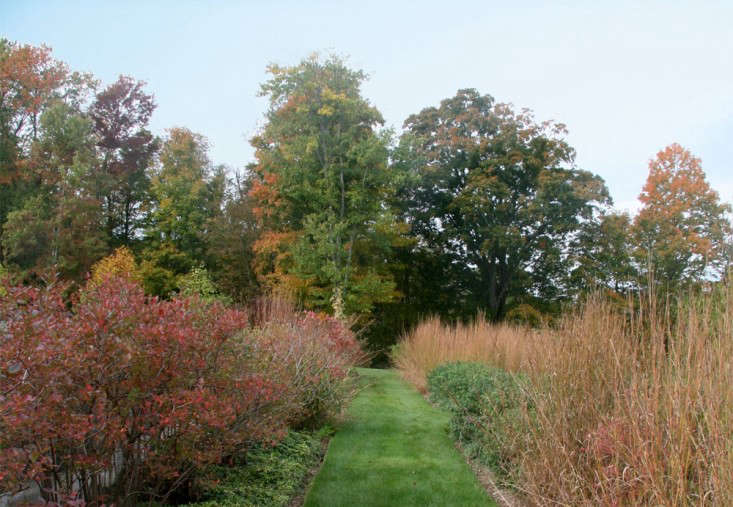Texans are looking for quantity, for bluebonnets en masse. They want hundreds, maybe thousands of them, carpeting the roadsides. That’s why this time of the year so many people in the Texas Hill Country head for the Willow City Loop.
Photographs by Jeanne Rostaing except where noted.

The loop is a narrow, winding country road about 12 miles northeast of Fredericksburg, TX, a charming 19th century town founded by Germans. The drive begins in Willow City (population 75), a town well-known after the Civil War as a haven for criminals.

Above: Photograph by Kimberley Williams via Flickr.
When I visited recently, no criminals were in evidence. However, lots and lots of other people were there, both locals and, like the New York City Audubon Society group with whom I was traveling, tourists from all over the place. They came in dented pick-up trucks and shiny SUV’s. They rode bikes and motorcycles, and a few actually seemed to be walking. All of them were intent on seeing large groups of little flowers.

The Willow City Loop runs several miles and takes about 30 minutes to drive. That is, unless you do what we did, which is stop at every twist and turn to climb out of our vans and ogle and photograph. At each stop it seemed that someone declared that whatever we were looking at was the most magnificent display of bluebonnets we had seen so far.

Peak bluebonnet season is April through early May. But some people recommend the loop after bluebonnet season is over, because it is less crowded and there are still a lot of other gorgeous wildflowers and beautiful scenery to be discovered. Going in the fall is also highly recommended.

For an up-to-date wildflower report, the Texas Department of Transportation maintains a website that gives the locations of the latest reported wildflower sightings.

As you travel on the loop you will see many cattle guards, farm gates, and barbed wire fences. That is because all the property along the road is private. If you stop to marvel along the way, be careful not to venture beyond the roadside. Property owners on the loop have all they can do to contend with major traffic jams every year in wildflower season, and you can bet they do not want uninvited guests tromping around their yards.

Map courtesy of Landing a Day.
If you fall in love with the bluebonnet, you can now buy seeds to plant some of your own. Horticulturists at the Texas Cooperative Extension have worked with seed producers and growers to domesticate the flower and the extension’s website offers detailed instructions on bluebonnet cultivation. The flower is a cold-hardy fall annual which needs cool weather for its root system to develop properly. Therefore, it must be planted in autumn for vigorous spring bloom.

Seeds should be scarified; which means the protective seed coat has been processed so the seed will become permeable to water. Otherwise, bluebonnets have a very low rate of germination. Wild Seed Farms in Fredericksburg sells an ounce of Lupinis Texensis for $4.95.
If you don’t live in Texas, don’t worry. The folks at the Texas Bluebonnet Seed Company offer proof on their website that the native flower can be grown almost anywhere including the UK and Denmark.
For more flowers that thrive in Texas, see 5 Favorites: A Rose for All Regions, Texas Edition.












Have a Question or Comment About This Post?
Join the conversation (0)